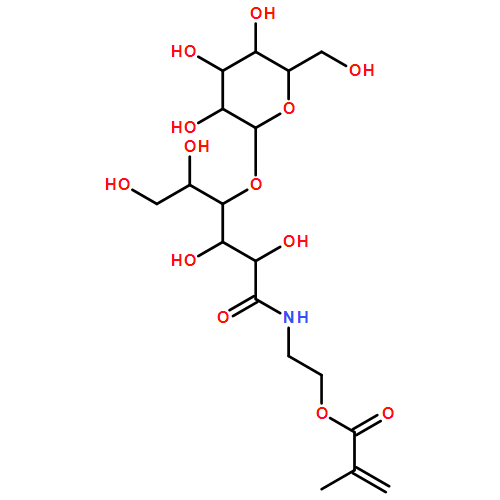Co-reporter: Xingjie Wu, Linzhu Zhou, Yue Su, and Chang-Ming Dong
pp:
Publication Date(Web):June 16, 2016
DOI: 10.1021/acs.biomac.6b00721
To integrate cocktail chemotherapy with photothermal therapy into one biocompatible and biodegradable nanocarrier, the plasmonic, lactose-targeted, and dual anticancer drugs-loaded polypeptide composite nanoparticles were for the first time fabricated under mild conditions. The glyco-PEGylated polypeptide micelles that self-assembled from the lactose (LAC) and PEG grafted polycysteine terpolymer were used as templates to generate the plasmonic composite nanoparticles, as mainly characterized by DLS, TEM, SEM, and XPS. These composite nanoparticles showed a broad and strong near-infrared (NIR) absorption at 650–1100 nm and increased the temperature of phosphate buffer solution by 30.1 °C upon a continuous-wave laser irradiation (808 nm, 5 min, 2 W·cm–2), while the same dose of NIR-mediated heating completely killed HepG2 cancer cells in vitro, presenting excellent photothermal properties. Two anticancer drugs, doxorubicin (DOX) and 6-mercaptopurine (6-MP), were loaded into the composite nanoparticles through physical interactions and Au–S bond, respectively. The dual drugs-loaded composite nanoparticles exhibited reduction-sensitive and NIR-triggered cocktail drugs release profiles and trigger-enhanced cytotoxicity. As evidenced by flow cytometry, fluorescence microscopy, and MTT assay, the LAC-coated composite nanoparticles were more internalized by the HepG2 than the HeLa cell line, demonstrating a LAC-targeting enhanced cytotoxicity toward HepG2. The combination cocktail chemo-photothermal therapy produced a lower half maximal inhibitory concentration than cocktail chemotherapy or photothermal therapy alone, displaying a good synergistic antitumor effect.
